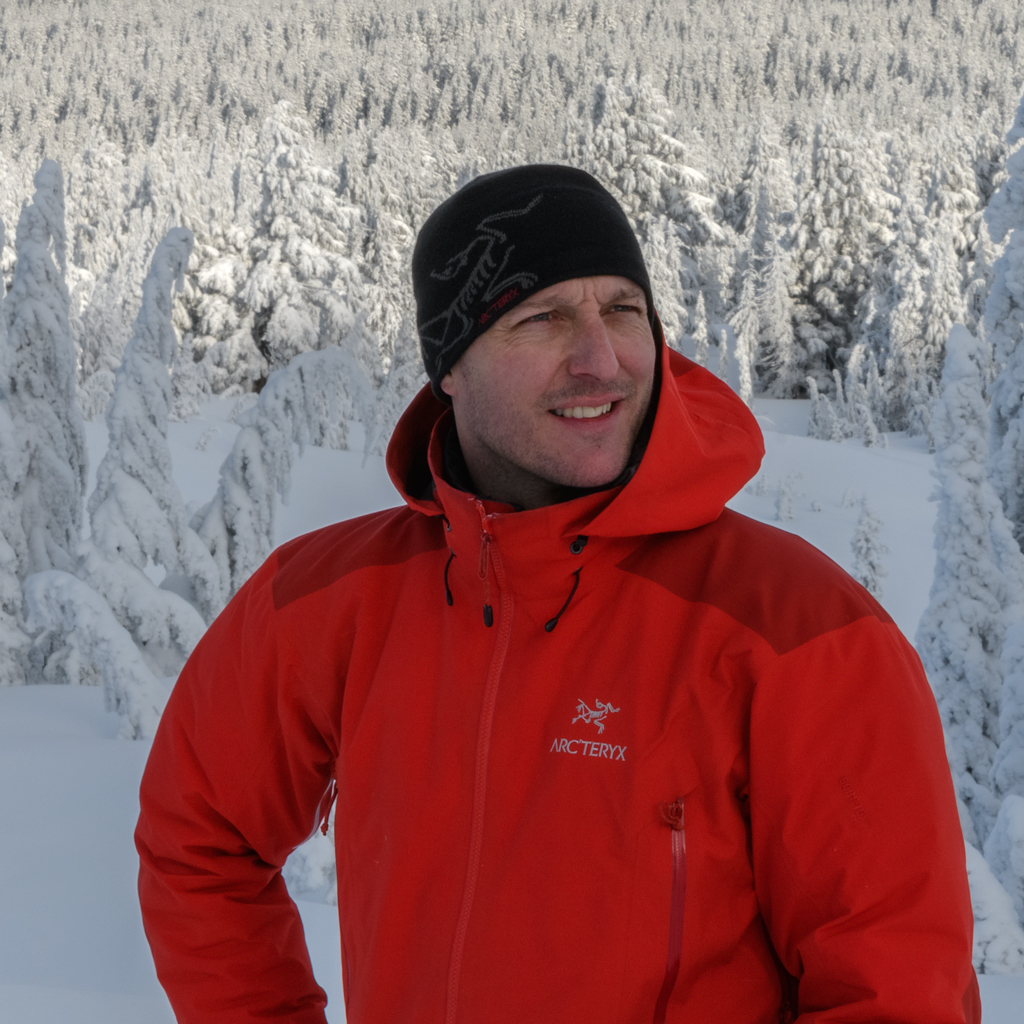I think many people fall into a trap when talking about this subject. They assume there is a right way to process photos. There is also a general lack of understanding about how digital photography has completely changed the way we process photos. Photoshop and other photo applications are the digital darkroom.
This debate boils down to the philosophy and intent of the photographer. For a documentary photographer, except for maybe sharpening and minor tonality tweaks, processing tends to take away from the veracity of an image. When I see images from the tsunami in Japan, I don’t want to see an image that has been altered or manipulated, I want to see an accurate documentary image. I am not a documentary photographer, but I appreciate those who are. I consider myself an artistic photographer. My goal in landscape photography is well expressed in a quote by Ansel Adams. “A great photograph is one that fully expresses what one feels, in the deepest sense, about what is being photographed.” This is what I strive for and post processing is an integral part of my artistic expression.
This debate is not new. Ansel Adams was criticized in his own day for too much processing in the darkroom. Ansel was famous for saying “The negative is the equivalent of the composer’s score, and the print the performance”. He spent endless hours in the darkroom bringing out the full potential of an image, and many of his prints are barely recognizable to the negatives they came from. I think of processing in these same terms. The raw file, or files are my canvas and the print is the finished artistic expression. A lot of people understand this concept, but I run into a lot of people who have a set idea of what photography should be and think if you do things differently, you’re doing it wrong. To me, there is no such thing as doing it wrong, there are lots of ways to process photos, and none are wrong. They may not be right for me, or my intent, but they may be right for someone else.
I run into a plethora of opinions while showing images at art festivals and gallery shows. I do my best to educate the public while I’m out there, but I rarely have time for a good explanation of how I process and why. When I get the inevitable question, “Are these real, have they been photoshopped?” I have to resort to one-liners, and over simplifications to explain how digital photography has changed. I use Ansel Adams as an example because so many people are familiar with his work. Many people I meet believe that film photographers like Ansel captured the image on film and that’s it. They don’t understand all the effort and skill that went into processing a photo in the darkroom for print. Another thing that clouds the issue is how much Photoshop is capable of. Many people associate Photoshop with terrible compositing, where someone has cut their own head out and placed it on a picture of some really buff guy. When I get that question, I don’t get offended. To me, it just illustrates the misconceptions so many people have about photo processing, especially Photoshop.
I’m also aware that if I divulge too much information, it will turn some people off. As soon as they hear that it’s been run through Photoshop and accentuated even a little, that’s it, it’s no longer a valid photograph and they move on. I do a lot of multiple exposure blending in my processing, and I try to explain that this is actually much more accurate considering how much dynamic range your eye and brain can interpret, this argument does seem to help many people understand, but this is still an oversimplification.
The truth is, I don’t care that much for accuracy. My goal is not to take a documentary photo. It’s to capture something more. I want to communicate some of the emotion and awe I felt as I witnessed an incredible moment in nature that few people get to see. I want to share my romantic memory of the event with a fine art print. This is and has always been my definition of good art. Whether it’s music, painting, or film I want to feel something. I want it to communicate something, tell a story, or trigger an emotional response. I want something that will make me think, change my perspective, and show me something I’ve never seen before. I want it to be art.

Location: Bend, OR
Website: www.zschnepf.com
YouTube: https://www.youtube.com/user/zschnepf77
Instagram: https://www.instagram.com/zackschnepf/
Zack is an award winning photographer specializing in fine art landscape photography and post processing. “Art is in my blood. My father is a well known poster artist and painter. My mom was a painter, and print maker and my brother is an art director at Facebook. Art is a way of life for my family, and I will hopefully pass it on to my children as well.”
“The love of nature is also something that my family and I are passionate about. I’ve been hiking, biking, rock climbing and backpacking since I was little. From an early age, I learned to appreciate the beauty in nature.”


Recent Comments